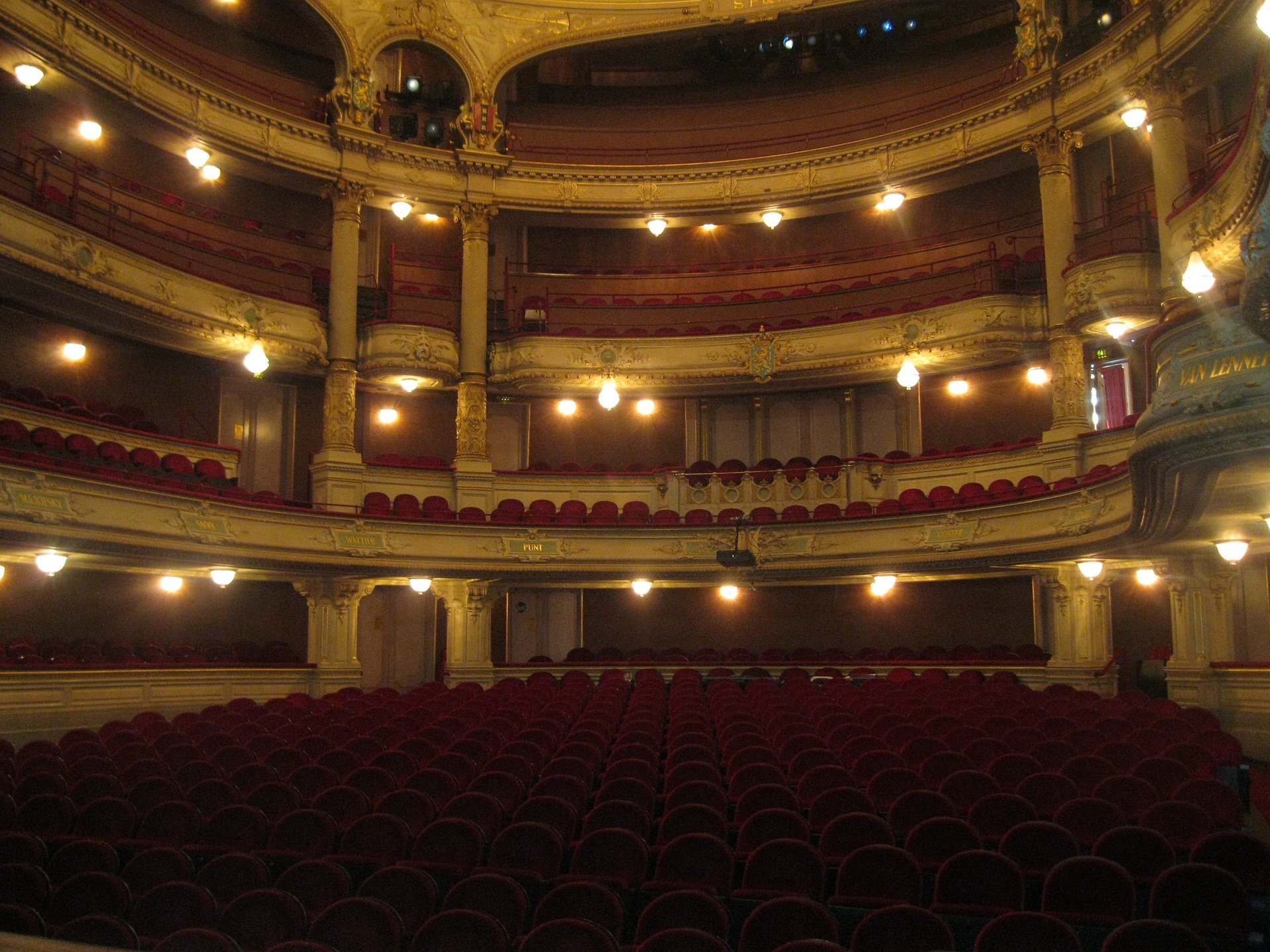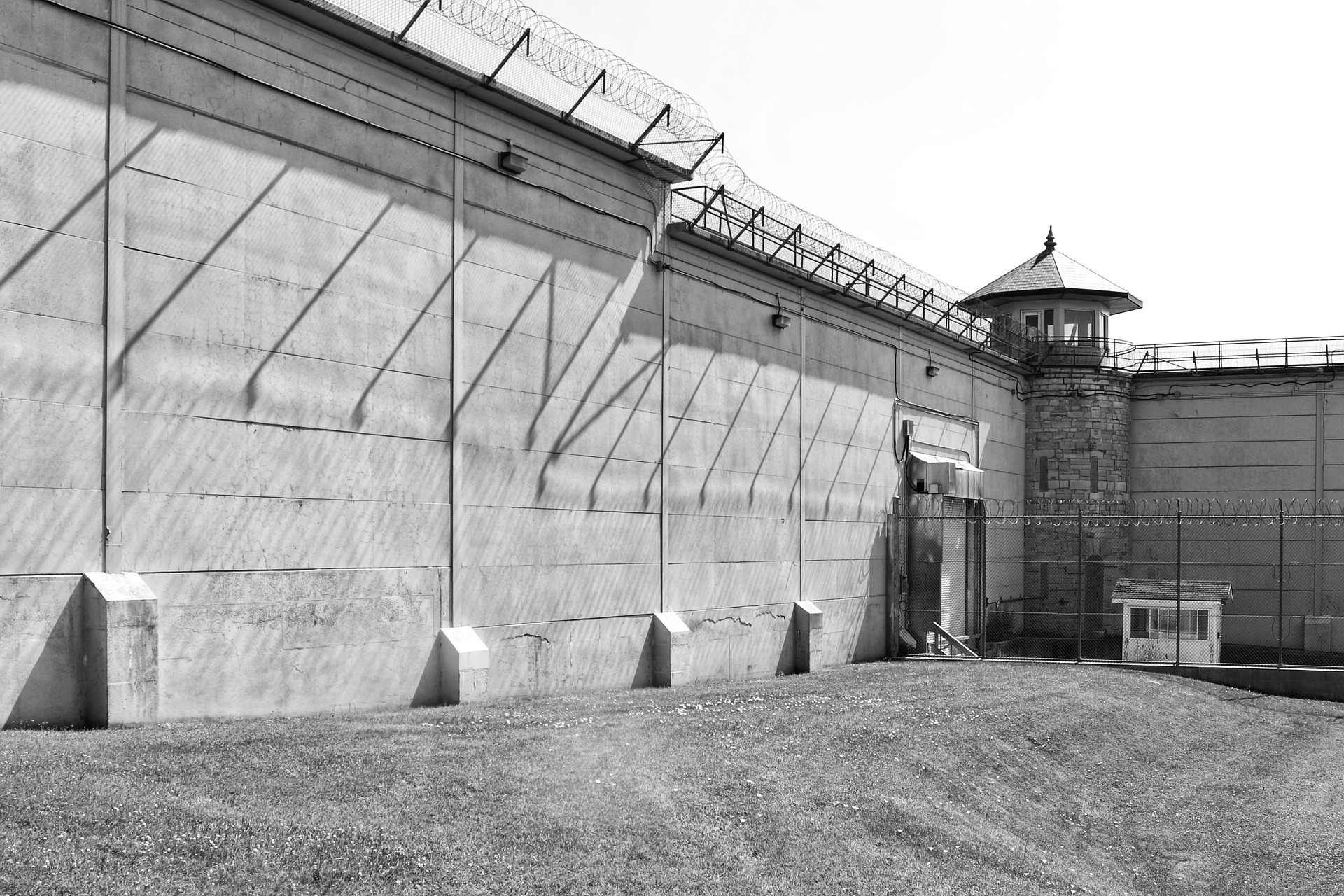Pushing Boundaries: Immersive Theatre in a Digital Age
In today’s digital age, audiences demand more engaging, interactive experiences. Meandering from its traditional setting, theater has begun a daring escapade, venturing into immersive worlds that bridge the gap between audience and performer.

A Walk Down Memory Lane
The influence of immersive theatre can be traced back to the 1960s, with “environmental theatre” performances by Richard Schechner’s Performance Group in New York. Their groundbreaking productions, such as Dionysus in 69, blurred the boundaries between performers and audience, sharing a theatrical space and fostering direct interaction. In the 1970s, UK’s Welfare State International and USA’s Bread and Puppet Theater realized the power of participation in creating potent socio-political messages.
Performance Reinvented in the New Millennium
In the 21st century, immersive theatre has received a further boost, reshaped by digital technology and social media. The U.S-based company Punchdrunk’s ‘Sleep No More’ astonished audiences by turning a large block of warehouses into a stage where they could wander and interact with the performers. In 2020, due to pandemic restrictions, stages worldwide closed their doors. This, ironically, opened new digital doors for artists, resulting in an influx of online immersive performances which proved that physical proximity is not crucial to shared experiences.
Repercussions of the Digital Revolution
As digital technologies evolve, they present artists with new tools and create unique narratives. Developments in augmented reality (AR) and virtual reality (VR) are enhancing, not limiting, artistic practices, providing audiences with customizable narratives and experiences. In ‘The Encounter’ by Simon McBurney, binaural sound technology and headphones transport the audience to the Amazon rainforest. Meanwhile, ‘The Under Presents’ from Tender Claws takes virtual reality to its most performing art-friendly form yet, with live actors interacting with participants across the globe.
Rediscovering the Audience-Performer Relationship
The integration of digital technology into theatre is revolutionizing the bond between audience and performer, encouraging the former to become a part of the production rather than be detached observers. Pineapple Shaped Lamps’ online production ‘Dark Stories’ requested audiences send in their nightmare stories to be enacted live, rewriting standard definitions of roles.
Future Outlook: Navigating the Uncharted
Immersive digital theater is still young, but its responses to the challenges of 2020 demonstrate its resilience and creative possibilities. The newly-minted ‘geographically distanced’ immersive theatre features actors performing from different locations, united by a single narrative and digital interface. The potential of artificial intelligence (AI) and machine learning to drive audience interactivity is making creators hopeful for a future where humans and technology can harmoniously coexist on stage.
As we hurtle towards an ever-connected digital age, the mavericks of emotional storytelling, immersive theater has found its footing amid shifting sands, opening up boundless possibilities for expression.




